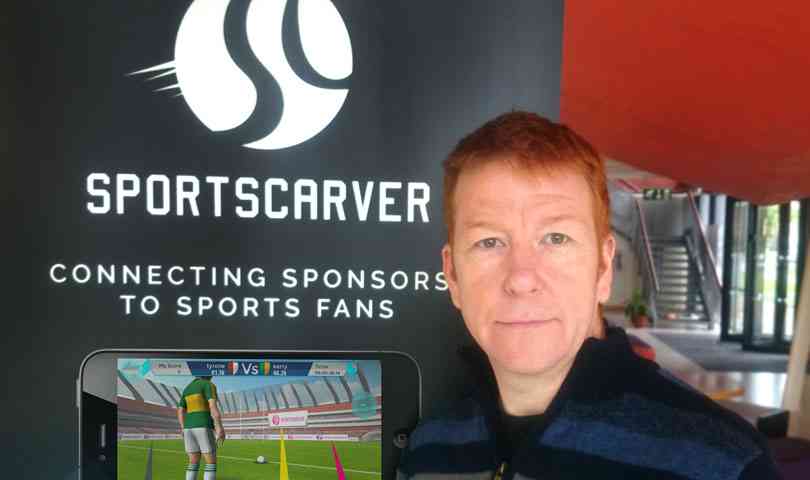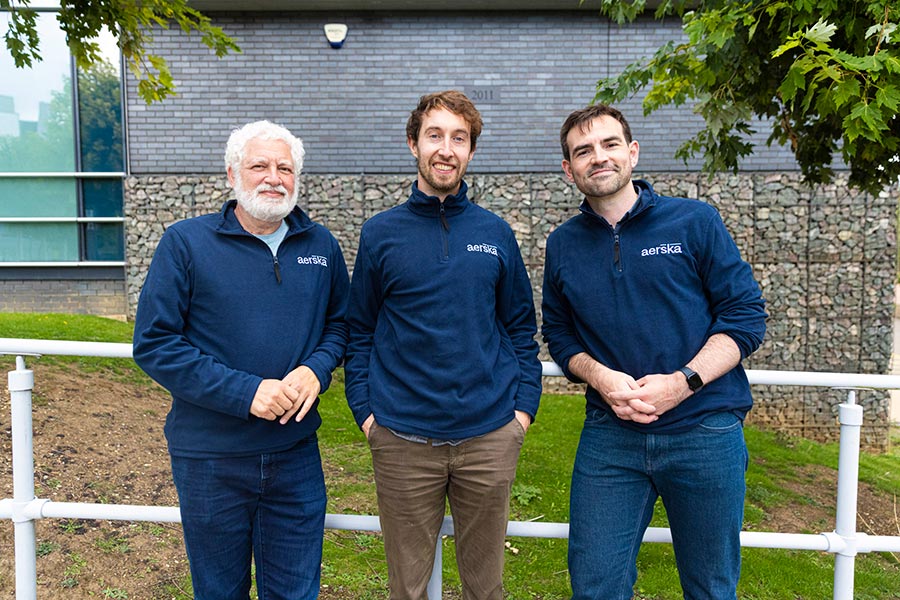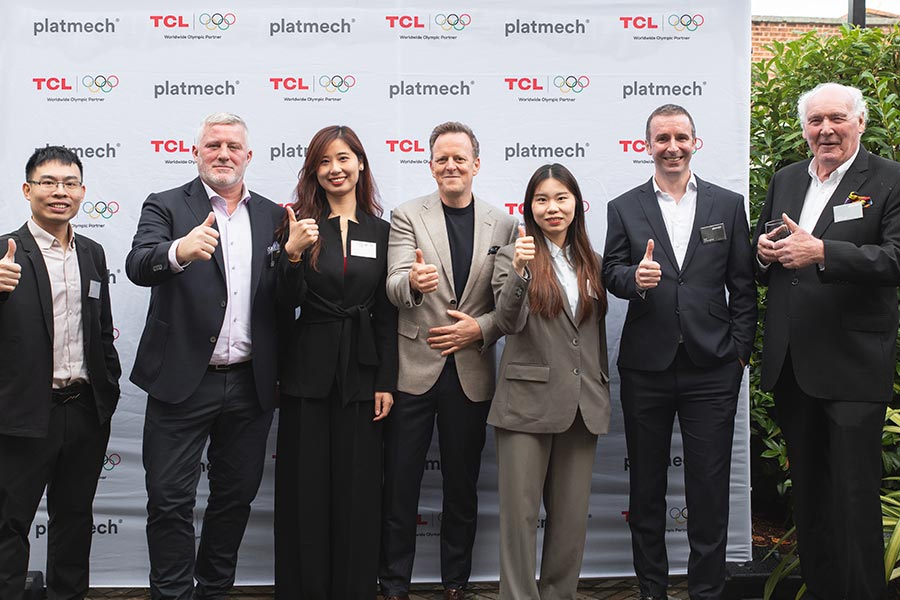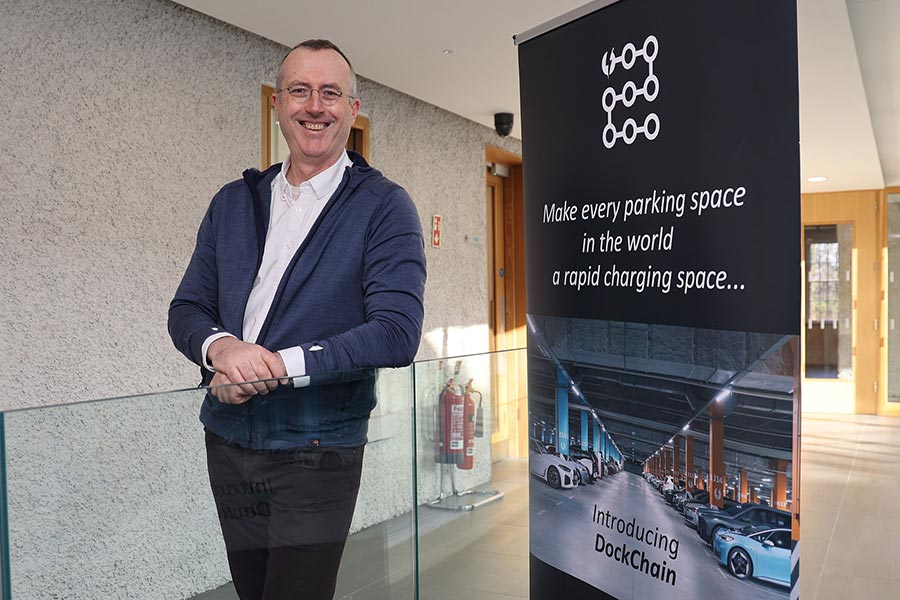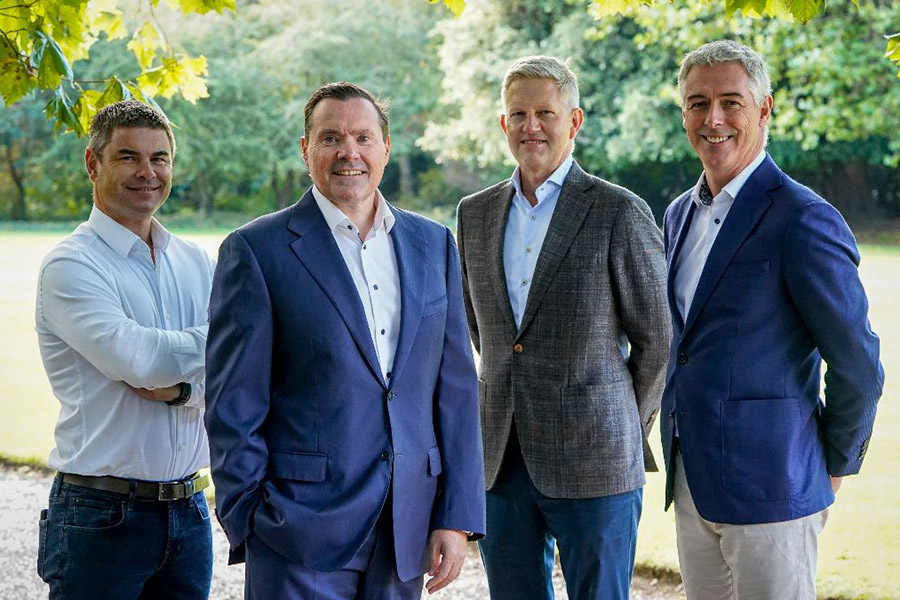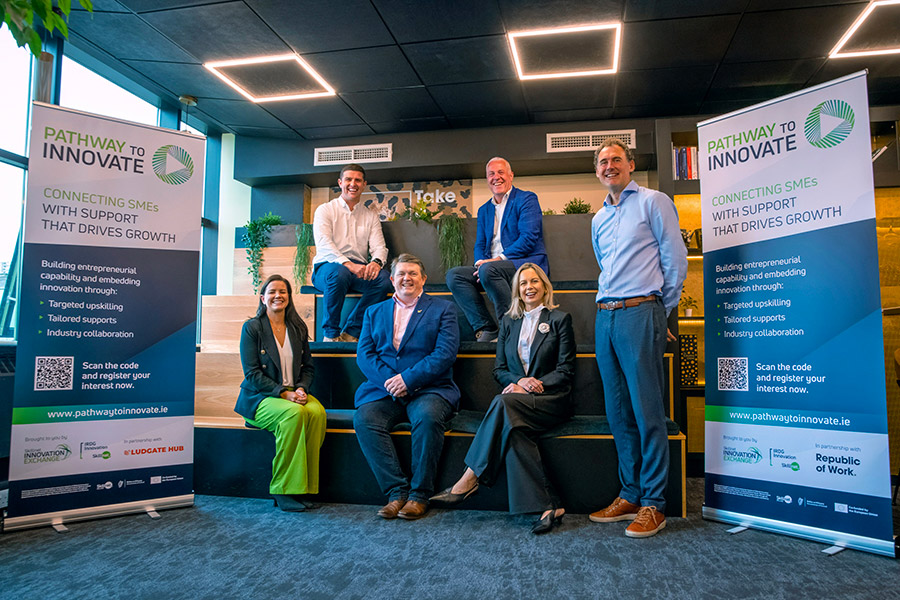Ciaran Davies founded Zoodazzle in 2012, convinced that his gaming middleware startup was on to a winner. However, the sluggish rate of customer uptake meant that in 2014 Davies pivoted and turned Zoodazzle into a pure ad-tech company to keep it alive. The firm’s flagship product is SportsCarver, providing product placement software for games.
From its base in Tallaght, Zoodazzle is grinding through the usual startup teething pains. The company booked a loss of €160,000 in 2014 to bring its accumulated deficit to €200,000, but Zoodazzle is also attracting investors.
In the past two years, Zoodazzle has made seven share allotments. Enterprise Ireland has invested €125,000 in the company so far and Zoodazzle has also secured private equity investment amounting to €295,000. The main backer is Everose, a company where the directors are James Mahon and Ann Barry, while two other individuals have invested €75,000 and €35,000. According to Davies, the company will shortly close another private-round investment that will bring total equity invested in Zoodazzle to €700,000.
In its current reimagined guise as an ad-tech firm, Zoodazzle worked with the Gaelic Players Association to produce a mobile game for hurling fans. According to Davies, Zoodazzle is now pushing into the UK and mainland Europe, while early next year will see the firm open its first US office. In this interview, Davies (44) recounts the startup story.
How did Zoodazzle come about?
I founded Zoodazzle in early 2012 after working for many years as a software engineer and deciding to take a gamble on my own. I had been working on technology as a hobby and believed it had reached a level of maturity that warranted taking the step to commercialisation.
Although I was always ambitious, I was never very ‘career orientated’. I actively sought out startups when choosing early employment. The access to the latest technology and ability to influence the direction of the companies was something that excited me, and still does today.
Did you always have an entrepreneurial drive?
Yes. My mother ran her own businesses for most of her life. Commerce was just something that always existed in our family and till rolls, stock takes, sales and marketing drives were all commonplace when I was growing up.
How has Zoodazzle changed since you founded it?
About 18 months ago, we made the transition from a gaming middleware company to a pure ad-tech company. We adapted the gaming technology we had to a new market – that of digital advertising – mainly because we felt the rate of customer acquisition in the gaming sector was too slow and the lead-times too long for us to survive. We now have one product and that flagship product is SportsCarver.
Zoodazzle facilitates product placement in games. We enable brands to be placed within the virtual world of a game in such a way that its presence seems natural to the player and positive for the brand. For example, we could place a brand on the virtual hoarding of a football game or on the branding of a car in a racing game.
How did you initially fund the business?
We bootstrapped the business for most of its existence and spent most of the investment on either business development travel or salaries. As a team, we all agreed to look towards the long-term and took minimum wage salaries. We raised investment from a combination of enterprise boards, private investment and Enterprise Ireland.
Did you ever feel tempted to pull the plug?
I never truly felt the temptation to give up because I knew that the company would either fail or it would take off. Either way, it should happen quickly. The only fear I had was that it wouldn’t gravitate to one of these outcomes quickly enough. When it comes to a startup, a slow death is the only failure.
How challenging is it to pitch a software company to potential investors?
In our previous life as a gaming middleware company, the pitch was much more difficult. With SportsCarver and the more general ad tech that we are pitching now the sell is much easier. It helps that the technology can be easily visualised.
Investors typically want to hear about where you’re going with this and how much of it can you grab when you get there. Profitability of course is great – anything that helps you argue your case is useful – but profitability is not always the most important aspect for investors. If you haven’t made any money at all it will scare most investors, but in general if you find someone that likes you and where you’re going, they take a punt.
What price plan do you operate?
As an ad-tech company, we predominantly sell advertising inventory based on level of exposure, or CPM (cost per thousand impressions). This means brand owners pay a certain amount every time their brand is shown to a smartphone user.
What is your assessment of the advertising industry?
The industry is going through a big upheaval, caused primarily by the proliferation of that mini-supercomputer in your pocket – the smartphone. The kind of intrusive advertising that has existed in mobile apps, for instance, is an almost direct migration from web-based technologies that were designed for a completely different user experience. People are not willing to accept intrusive pop-ad and banner advertising and the race is on to find ways of getting brands in front of an audience.
Is the Irish advertising industry receptive to IT innovation?
Ireland is pretty typical of the advertising industry attitudes globally. There is certainly a general reluctance to embrace digital as a route to brand exposure. We have met several media companies that did not even have a digital team. When you are selling a ‘disruptive’ technology, the status quo is always your enemy and overcoming that inertia is often the most difficult part of the business.
What have been the biggest challenges that you’ve faced in setting up the business?
Lack of capital has been the biggest challenge. In Ireland, there is lots of very-early-stage capital but once you exhaust the feasibility and seed capital grants there is a gulf until the company is ready for institutional investment. Domestic VCs are very risk averse in my opinion and offer term sheets that are so prohibitive as to be useless. We found that building up a network of private investors who are willing to fund until you are ready for international VCs has worked well for us.
How can the government help?
The biggest measure the government could make that would entice a successful startup to remain in Ireland would be to change the tax laws around capital gains. As it stands, a successful startup that has a view towards acquisition could seriously consider staying in Ireland because a third of your overall acquisition price could be swallowed in taxes.
The low corporation tax rate means Ireland is a very nice place to be if you are already a successful operation. But it you are just a few founding equity holders and private investors, losing a third of your company’s value due to CGT is ludicrous.
What advice would you impart to other would-be entrepreneurs?
The sooner you realise that no-one cares, the better. There is a misplaced belief, especially among engineers, that the technology is so amazing that it will sell itself. The reality is that when you go to sell the technology, the customers have probably heard similar stories, products, ideas as yours.
Making them care about your product is ultimately where success lies, and that takes time and perseverance. Close the laptop, put on your coat and go meet the customers.
HOW SPORTSCARVER WORKS

Zoodazzle linked up with the Gaelic Players Association to produce a hurling game that fans could play on their mobile phones. The idea was that based on upcoming fixtures, fans could play rival county fans.
Zoodazzle’s SportsCarver is licensed as a complete platform. Once the GPA decided on the fixtures and the theme of the smartphone game, SportsCarver designed and developed the Android and iOS game and took care of all the management of the fixtures.
In the game design, GPA sponsor branding is placed around the pitch, on advertising hoardings or billboards. It’s an added way for the GPA to cement sponsor partnerships and to get branding in front of the all-important youth demographic.
According to Zoodazzle founder Ciara Davies: “Sport sponsorship is a triangle of association between the team, the sponsors and the fans. Unlike banner ads, sponsors can connect with fans in the moment, not take them out of it. In addition, sponsor brand images can be dynamically updated and targeted at fans based on time, location or audience type.”


